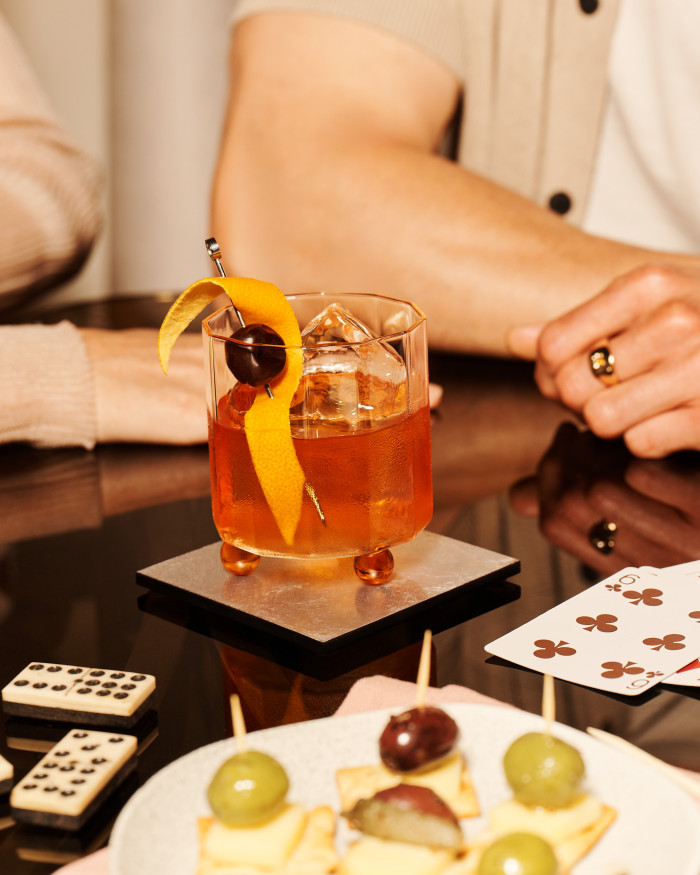A Comprehensive Guide to Scotch Whisky
Whisky is one of the most popular drinks across the world, with distilleries producing their own variation of the spirit everywhere from Scotland to Canada and Japan. But there’s only one type of whisky that gets to call itself a Scotch whisky.
It can seem overwhelming trying to understand the different nuances that go into this golden nectar we call whisky - or sometimes whiskey which, again, can only add to the confusion - so let’s go back to basics.
If you’re new to the world of whisky, first, let’s say you’re in for the most sensory, sublime journeys. Second, let’s break down exactly what we mean by a Scotch whisky. What is it, what makes it different and what do you need to know?

What is Scotch, exactly?
In North America, they’ll call it a Scotch. In most of Europe, they might simply just refer to it as a whisky. And the simplest explanation or definition of a Scotch whisky is that it’s any whisky that has been distilled and matured in Scotland for at least three years and bottled at a minimum 40% ABV.
ABV refers to the alcohol by volume of a drink, and the percentage indicates the proportion of alcohol in a given volume of a beverage.
The other scientific requirements in categorising a scotch include:
Only enzymes naturally produced by the grain are allowed to be used
Only yeast is used in the fermentation process
It must be distilled to less than 94.4% ABV and aged in oak barrels of 700 litres or less for at least three years
No additives are allowed other than E150a caramel colour (which is solely for colour and does not affect the taste) and water.
What are some non-Scotch whiskies?
While some might sometimes incorrectly assume that anything that looks like a Scotch and tastes like a Scotch can be called a Scotch, a whisky has to meet the requirements explained above to be deemed a Scotch whisky.
Other whiskies produced outside of Scotland include American whiskey (including Bourbon and Rye), Irish whiskey, Japanese whiskies and Canadian whiskies. These all have their own flavour profiles, distilling methods and unique idiosyncrasies that set them apart.

How is Scotch made?
At its simplest, Scotch whisky is made with three ingredients: water, yeast and cereals, and there are six stages of production a whisky will go through: malting, milling, mashing, fermentation, distillation and maturation.
If you’re interested, you can learn more about the making each expression of whisky - and booking a distillery tour can bring this whole process to life, in one of the most eye-opening and exciting experiences for anyone from total whisky beginners to the lifelong connoisseur.
What are the different types of Scotch whisky?
The reason some might be intimidated by whisky is there’s just so many variations and nuances - but once you start to learn the basics, you get to bring the water of life to, well, life.
We’ve touched on the different whisky types, but what are the different types of scotch whisky?
Single Malt Scotch Whisky - Distilled at a single distillery from water, yeast and malted barley, made following a traditional batch process using copper pot stills.
Single Grain Scotch Whisky – Distilled at a single distillery from other grains (such as wheat or corn) with or without malted barley. It goes through a continuous distillation process known as patent still distillation. single grain scotch is most often used for blends and rarely sold on its own.
Blended Scotch Whisky – A blend of one or more single malt whiskies and one or more single grain whiskies. This type is thought to make up 90% of the scotch whisky sales worldwide.
Blended Grain Scotch Whisky – A blend of single grain scotch whiskies from different distilleries.
Blended Malt Scotch Whisky – A blend of single malt scotch whiskies from more than one distillery.

Where Scotch comes from - the whisky regions of Scotland
As of 2025, there are four major whisky regions of Scotland - the Highlands, the Lowlands (including Edinburgh), Speyside and Islay.
Historically, Campbeltown was included as a major whisky region, but a steady decline over the years means that only three distilleries remain active in the region.
The Highlands - The largest of the whisky regions, the Highlands distilleries are often noted for their coastal influences, and include distilleries such as Oban, Dalwhinnie, Royal Lochnagar, Talisker and The Singleton.
Speyside - The most densely populated whisky region in the world, famous for fertile glens and the influence of the River Spey, Speyside distilleries include Cardhu and Cragganmore.
The Lowlands - The southernmost of the whisky regions, often noted for floral, lighter expressions, Lowlands distilleries include Johnnie Walker and Glenkinchie.
Islay - The Jewel of the Hebrides, Islay is a small-but-mighty island off the west coast of Scotland producing some of the countries most distinct scotches, including Lagavulin, Port Ellen and Caol Ila.
How does the region affect the taste of the Scotch?
While it's not so easy to say that all Highland whiskies are of a certain quality, each region does have some unique characteristics.
Regionality is slowly becoming less important in whisky production as distilleries continue to innovate and experiment, but where a whisky is made can often include certain factors in the process, distilling or certain flavors.
As there will always be exceptions, the question is what to expect from whiskies from key regions. To answer this question, we turned to the experts. From the master blenders to the team members who work with the distilleries and single malts on a daily basis, we wanted to know how they best enjoy and experience their single malts.
What does a Highlands whisky taste like?
The largest of the whisky regions, the Highlands offer great variety across their distinct and delectable drams.
We spoke with master blender and whisky specialist, Dr. Stuart Morrison, who explained, “a typical whisky made in the Highlands of Scotland will use the finest ingredients and purest water to create a style of whisky in copper pots that, in some places, has been handed down from generation to generation.”
“Each distillery in Scotland has its own way of making whisky, something celebrated by blenders and connoisseurs alike. Distilleries are operated and managed by people who use their experience and sometimes their intuition to create the character of spirit they so desire, a skill that can take years to master. People can be influenced by their place, influenced by nature and the environment around them”
So how should one begin their Highlands whisky journey? Dr Morrison says, “Whether it’s a tropical and waxy Clynelish, or a rich and fruity Dalwhinnie, Highland whiskies are always enjoyed with a sip of water, and can taste even better when shared amongst friends."
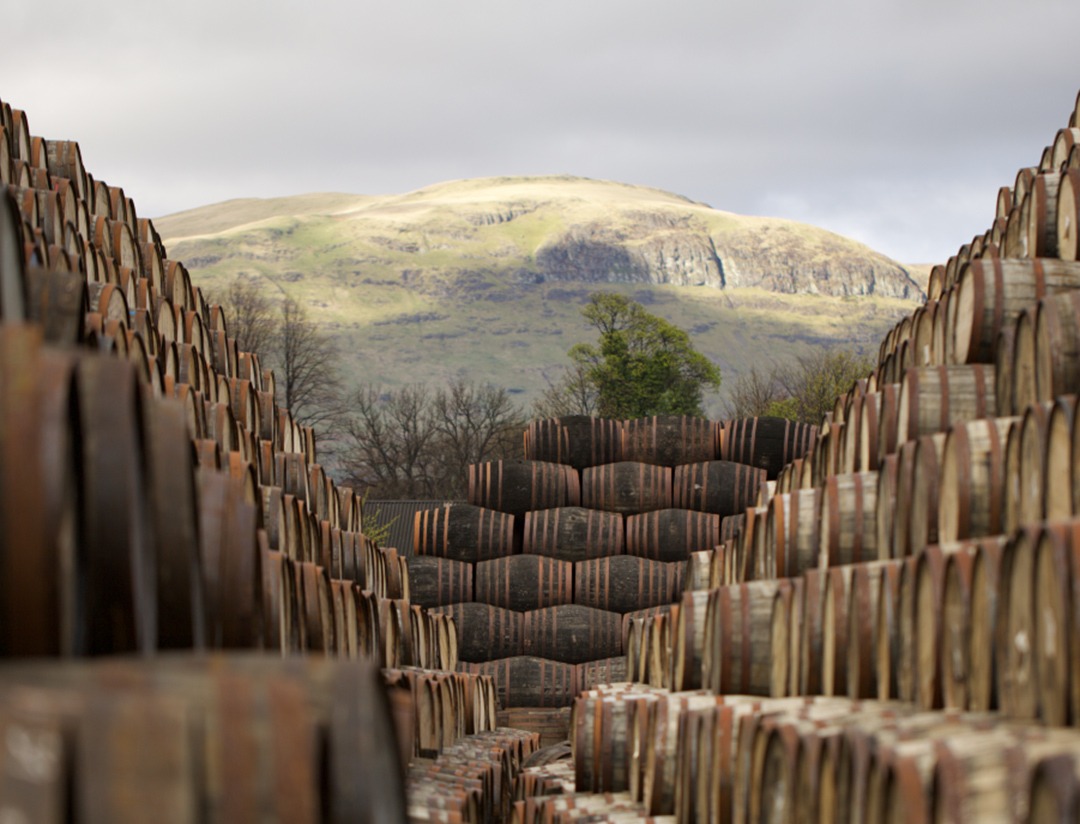
What do whiskies from the Lowlands taste like?
Dr Emma Walker, the first female master blender in the history of Johnnie Walker, is most definitely an authority on Lowlands whiskies, so we thought we'd ask her expertise on the matter.
She explained, "Lowland whiskies can be grouped as fresher, grassy and perfumed with notes of creamy honeysuckle, citrus and a hint of malt. Lowland whiskies traditionally have no peated notes and can be produced via triple distillation (Glenkinchie is double distilled)."
As for how best to enjoy a Lowlands whisky? "Whiskies from this region are perfect for a dram in the gentle sunshine, and work well on their own, over ice and in a cocktail or highball with balanced flavours to showcase the nuanced characters."
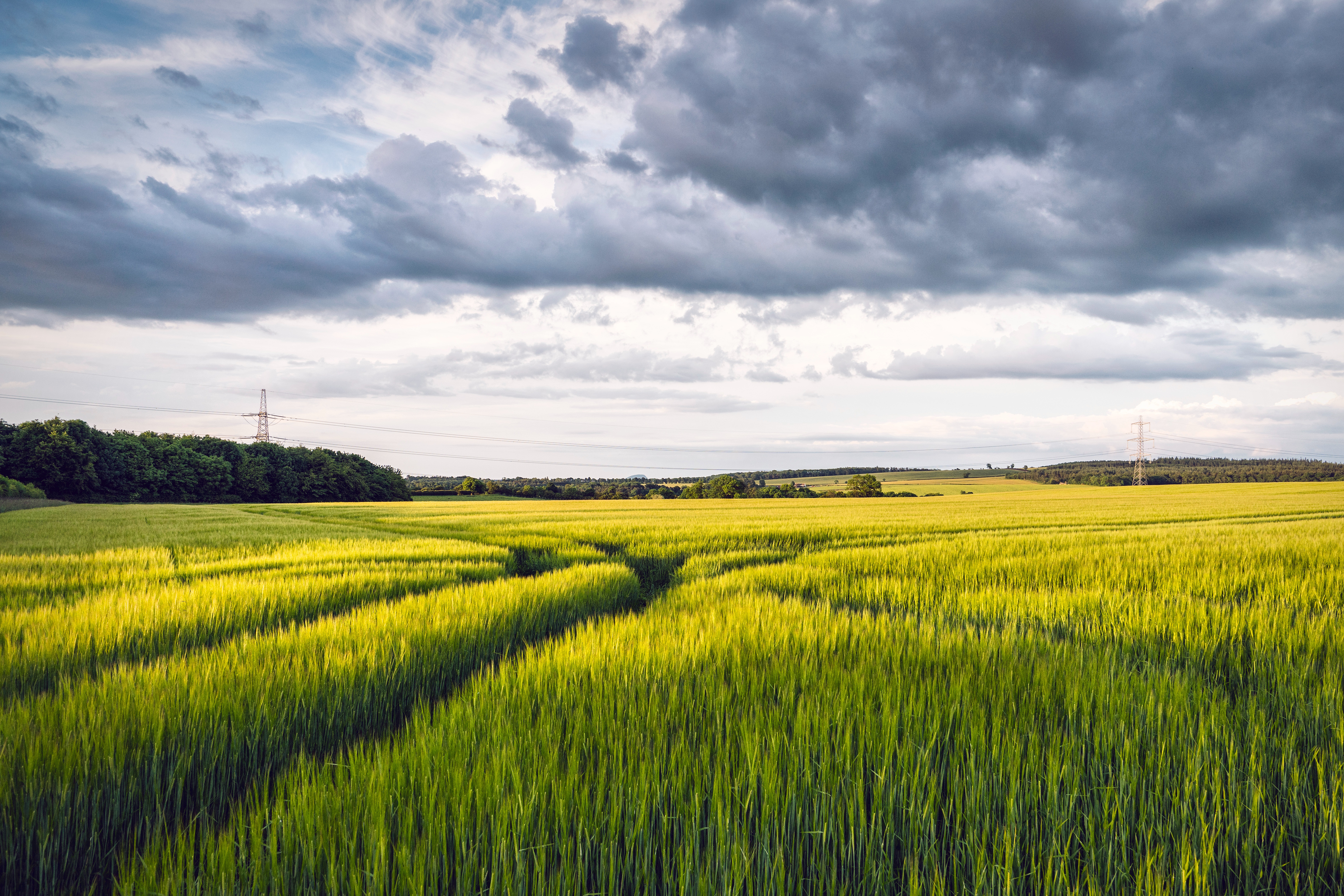
What to expect from an Islay whisky?
Lagavulin is a notable example of an Islay single malt, with the distillery nestled away in the south of the Island of Islay. We spoke with the distillery’s Senior Operator, Kirsten Robertson about how Lagavulin - and Islay whiskies - represent the region.
She explained, “Islay whiskies are world famous for their peaty smokiness. Although some other regions use peat in their malting process, Islays coastal location also adds the unique flavour profile of maritime saltiness. Giving subtle notes of brine or seaweed. The fusion of these with our earthy, smoky flavour profile is the hallmark of Islay malts.”
So, who would an Islay single malt be best suited for? “Everyone! They are so versatile and with so much choice available. Drink them neat or add to a cocktail, I’d recommend a Lagavulin Spicy Margarita.”
“They even work wonderfully well in a cooking, a cranachan or a steak sauce. I would suggest the best way to experience an Islay whisky is in one of the warehouse tastings. Being nestled in beside casks with the smell of maturing whisky and peat smoke lingering in the air. Hearing the crashing of waves outside and of course savouring those amazing cask strength drams.”
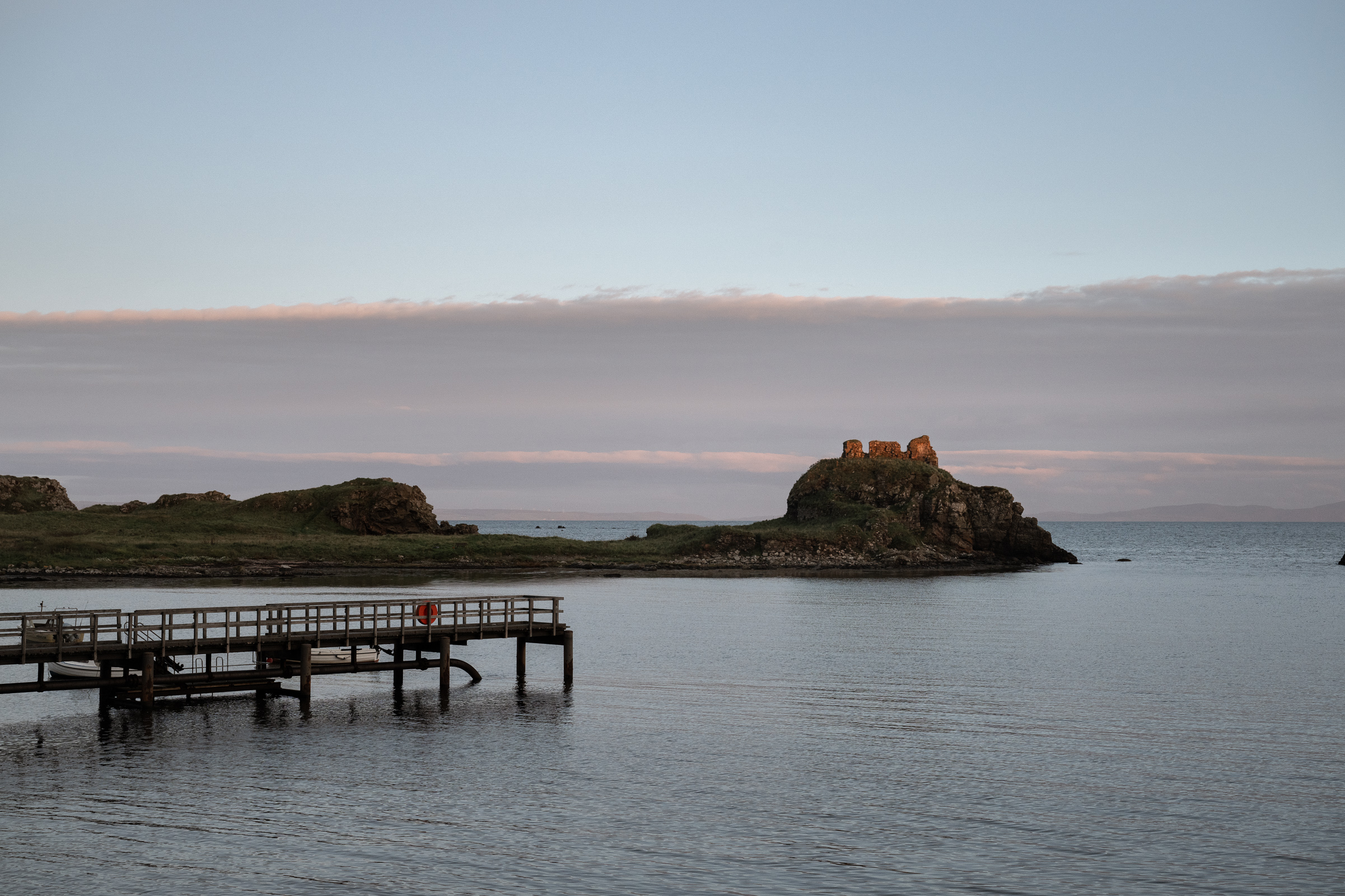
What do Speyside whiskies taste like?
We asked Dr Emma Walker to give us insight into this region too, and she explained, "Speyside has a high concentration of distilleries and as such, it’s difficult to describe a ‘typical Speyside’ whisky! You can get richer, more complex flavours from distilleries like Mortlach, Benrinnes & Dailuaine, while the expected Speyside fruitiness can be found in Singleton of Dufftown, Cardhu and Linkwood.
Quoting Michael Jackson (the prolific whisky writer, not the pop star), Emma also adds, "People sampling Cragganmore can expect ‘the most complex nose of any Single Malt Scotch Whisky.'"
How would Dr Walker go about enjoying a splash of the Speyside spirit? "The beauty of Speyside whiskies is that there’s a whisky for all occasions and to suit all palates and all serves!"
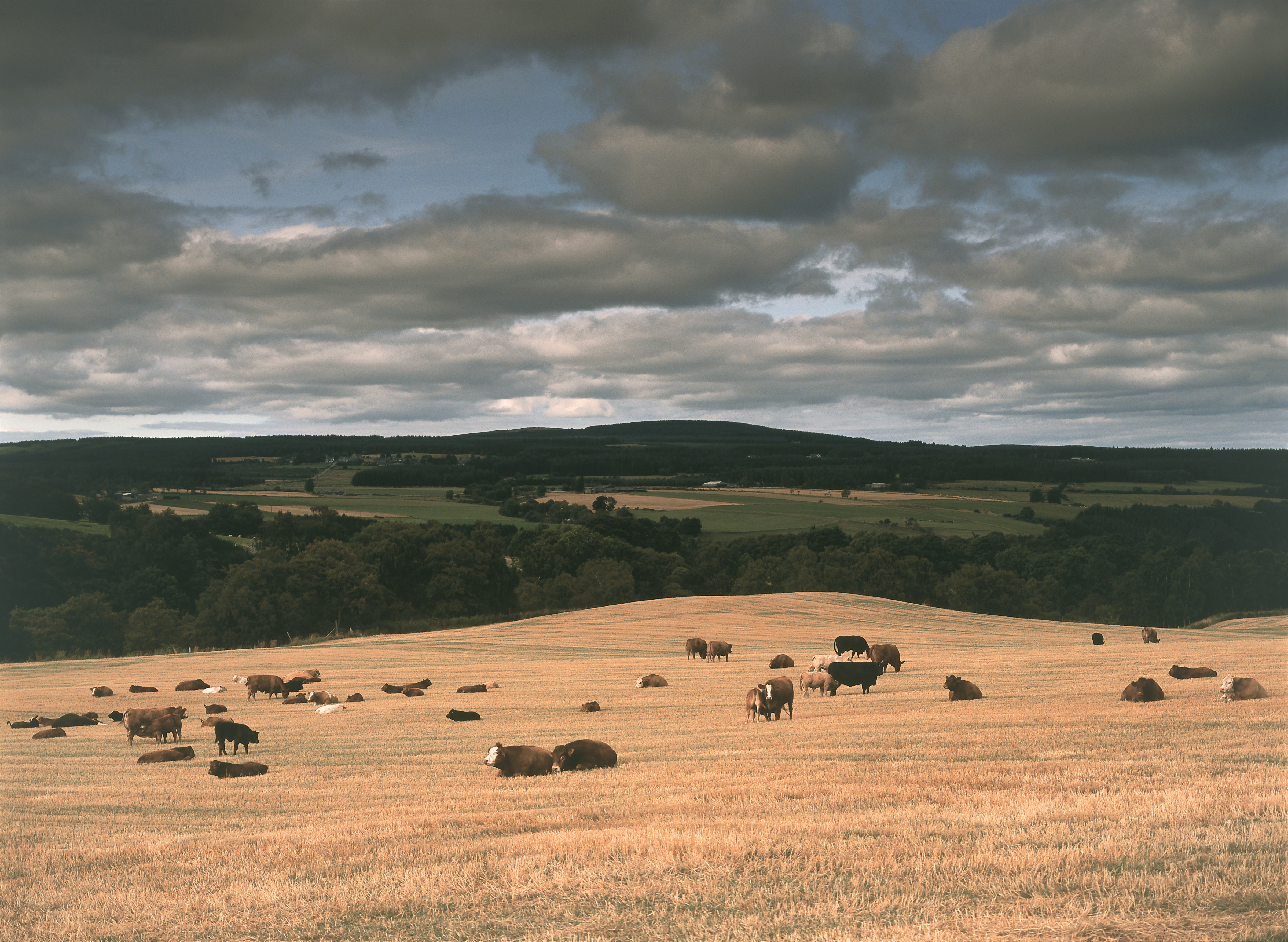
Scotch whisky facts and figures in 2025
According to the Scotch Whisky Association there were 151 distilleries licensed to produce Scotch whisky as of May 2024
According to the National Trust for Scotland, around 41 bottles of whisky are shipped out of Scotland every second
Despite Scotland being the king of the Scotch whisky, the oldest known distillery is in Northern Ireland - Bushmills Distillery holds the title of the oldest licensed whiskey (with the e, because it’s Irish) distillery in the world, dating back to 1608
As of 2024, there were approximately 22 million cases of whisky in Scotland - that’s nearly four times more than the human population of approximately five and a half million people.


